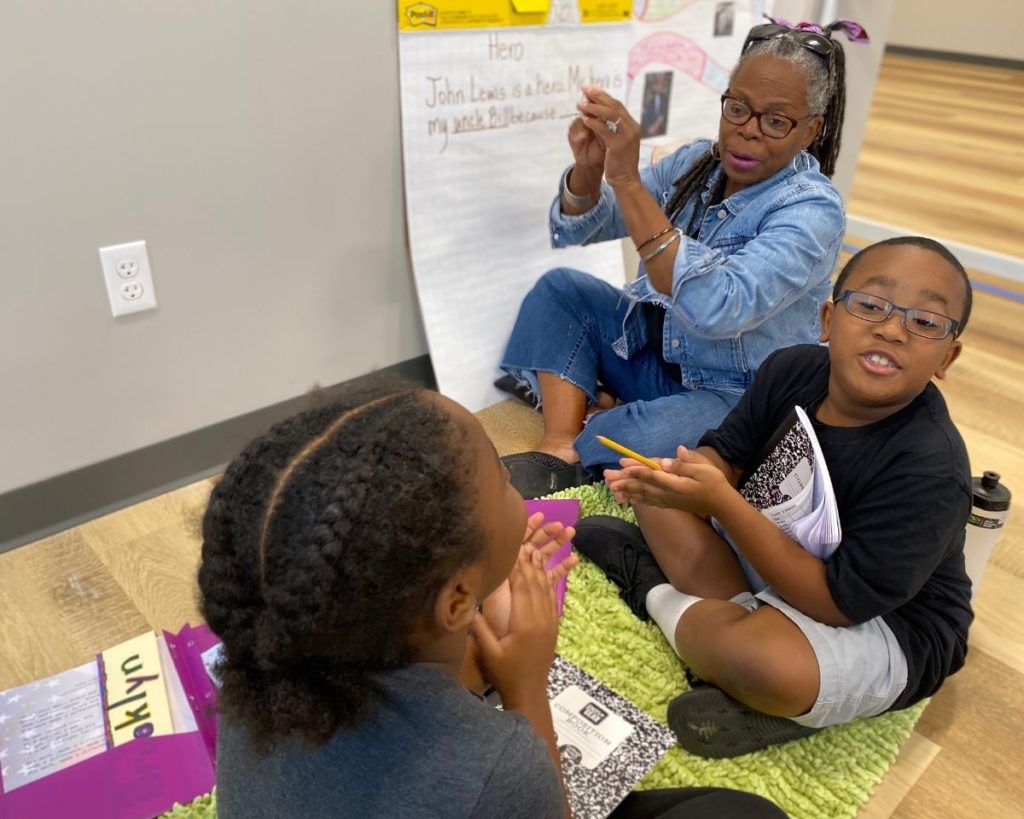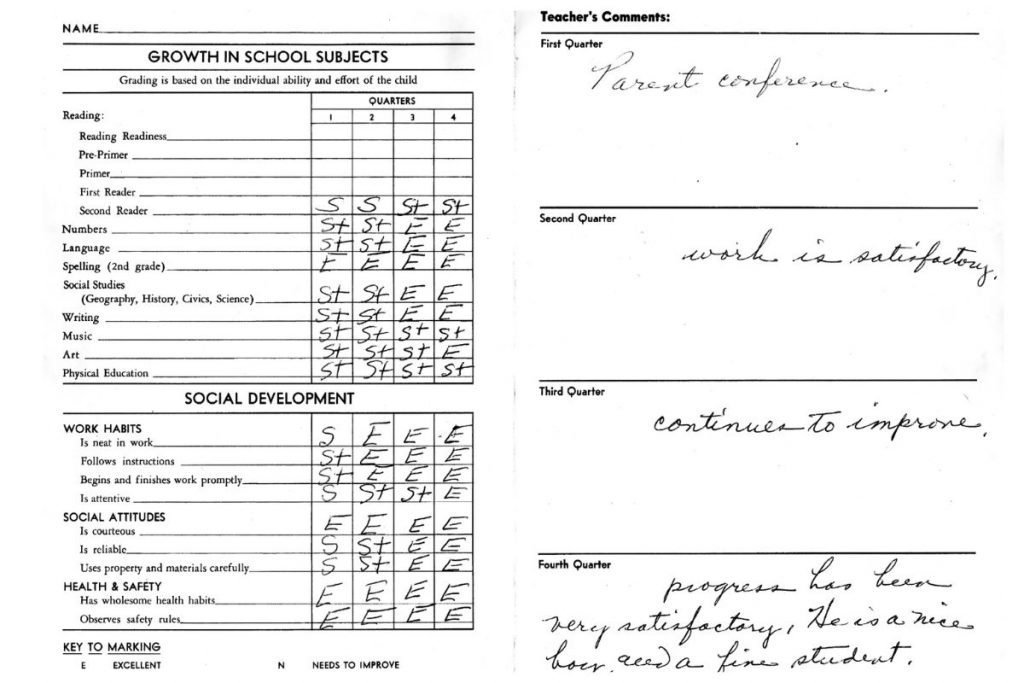As Denver Public Schools look to refocus summer school options for students after a year heavily impacted by the COVID-19 pandemic, school districts surrounding DPS are going beyond what they’ve done in the past.
Before the pandemic about 3,000 students would attend DPS summer academies every year, but fewer than half that many attended this year, despite the academies expanding to 10 physical school sites and a virtual site.
That’s because this summer, the district shifted to prioritizing students who were reading “significantly below grade level,” said Tamara Acevedo, DPS deputy superintendent of academic affairs. Previously, DPS’s summer academies consisted primarily of language lessons for multilingual students through the district’s Multilingual Education Department. That department offered tutoring this summer.
School districts and charter schools across Colorado received $1.17 billion through the federal Elementary and Secondary School Emergency Relief (ESSER) fund in March.
Some districts, zones or individual schools, appear to be doing more in the short term for students with that funding than others. Others plan to use funds to enhance school-year programs aimed at catching up students who have fallen behind.
One of Denver’s public charter school networks, for example—University Prep—put some federal relief funds toward a six-week summer tutoring program. Another charter network—Rocky Mountain Prep—took a different route and plans to focus its enhancements on the upcoming school year.
A spokesperson for RMP, Rachel Van Brocklin, said the school plans to hire interventionists for each of the network’s four campuses. Those interventionists will “work directly with students across grade levels to pinpoint and target where [they] are struggling,” she said.
Though not as independently run as charters, schools within DPS Innovation Zones schools also have some freedom to budget for their own, specialized summer programming.
The Northeast Denver Innovation Zone (NDIZ — which includes three elementary schools, two middle schools and a high school) is offering rising third through sixth graders a summer curriculum based on the life and work of civil rights legend John Lewis.
Called the “No Fear — Good Trouble” summer intensive, the program focuses on literacy and includes lessons taught by retired, Black DPS teachers through the late congressman’s writings and life stories. It’s broken into three Tuesday-through-Friday sessions for three different cohorts of students at the Innovation Zone’s office.
“It’s three intense days that take them through the life of John R. Lewis, helping them to develop some literacy skills,” NDIZ executive director Vernon Jones said, “But, more importantly, to develop power and love and a mindset that they need to be successful.”
As Jones said that, students could be heard saying, “I’m Black and I’m proud!” in the background.
The program also has a virtual component for parents to improve their own literacy skills, Jones said, but that part has been in action throughout the past school year.
“We’re dealing with historical failings, not just the sudden failings of a pandemic,” Jones said.
Another Innovation Zone, the Beacon Network, includes two middle schools and has over 100 students attending summer school virtually.
Like the northeast zone, the Beacon Network is working this summer to address learning losses in literacy. Executive Director Alex Magaña said the schools partnered with Colorado Digital Learning Solutions to build a literacy course focusing on that. Sixth and seventh grade students are also being offered a week (in August) of in-person summer school.
“They will work on team building skills and get to know the school,” Magaña said in an email. “Our priority is to get them comfortable for the return to school.”
The neighboring Cherry Creek Schools, meanwhile, has added several academic programs to the summer schedule using ESSER funds.
The district’s chief communications officer, Abbe Smith, said one summer program for middle school students focuses on Science, Technology, Engineering, and math (STEM) learning. High school students were also able to take career technical educational classes earlier this summer at the Cherry Creek Innovation Campus, she said, in subjects like manufacturing, business, engineering or IT.
Cherry Creek also marketed a free YMCA summer program focused on math and literacy to kindergarten through fourth grade students. The program ran through June, held in morning and afternoon sessions at 14 different sites.
“All these programs are new, so we can’t compare them to enrollment in previous years,” Smith said, “but they are popular.”
Perhaps the most direct route to catching students up to speed after a pandemic, however, comes from Greeley schools (District 6). One month-long, four-days-a-week summer school session, paid for with 20% ($5 million) of the district’s ESSER funds, earned praise from teachers and the district. At one of the elementary schools, 256 students received invitations to summer school, and up to 165 of them showed up each week.
At DPS, meanwhile, the kindergarten through third grade summer academies administered every year by DPS have changed in that they’re focused this year mostly on literacy gaps, Acevedo said. Sixth and ninth grade academies were also expanded to more sites, using ESSER funds, she said.
And DPS high school students were able to do something this summer that they couldn’t last summer due to the pandemic.
Using general funds and grants, DPS continued with a summer internship program to give high schoolers work experience opportunities in areas like business, technology, and creative arts. The district is also supporting career-focused academies for students interested in the medical field or engineering, Acevedo said.
DPS communications director Will Jones said pre-pandemic years saw on average about 3,000 students enrolled in elementary summer academies — which went from June 8 to July 2 — with approximately 1,500 completing it. This year, 1,200 students enrolled and 1,000 of them finished.
The 6th grade academy and the 9th grade academies are different from the rest in their timeline. They’ll start in August and study for the three weeks leading up to the start of the school year, Jones said.
Also, 1,500 high school students were enrolled in regional summer school this year — from June 15 to July 16 — relative to the 2,500 students who attended in previous years. Acevedo says regional summer school hours have been extended to 12 hours per day, compared to previous years’ four hours of morning instruction, of both in-person and virtual learning to catch those students up.
“We’ve been really heavily focused on the instructional core, professional learning, tutoring and coaching, and additional learning opportunities throughout the school year,” Acevedo said.
While summer programming is part of the district’s “extended school year” strategy to close academic gaps, she said DPS’s overall plans are more long-term, and that they’re hoping to learn from what individual schools have come up with as well.




